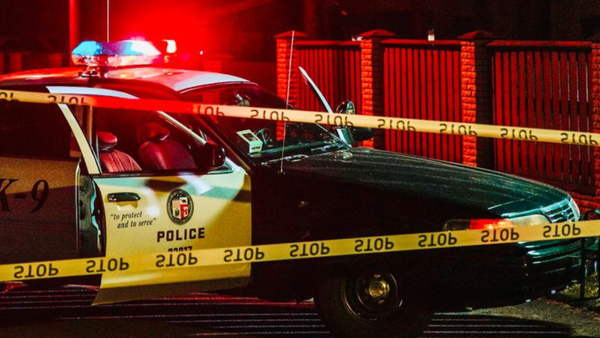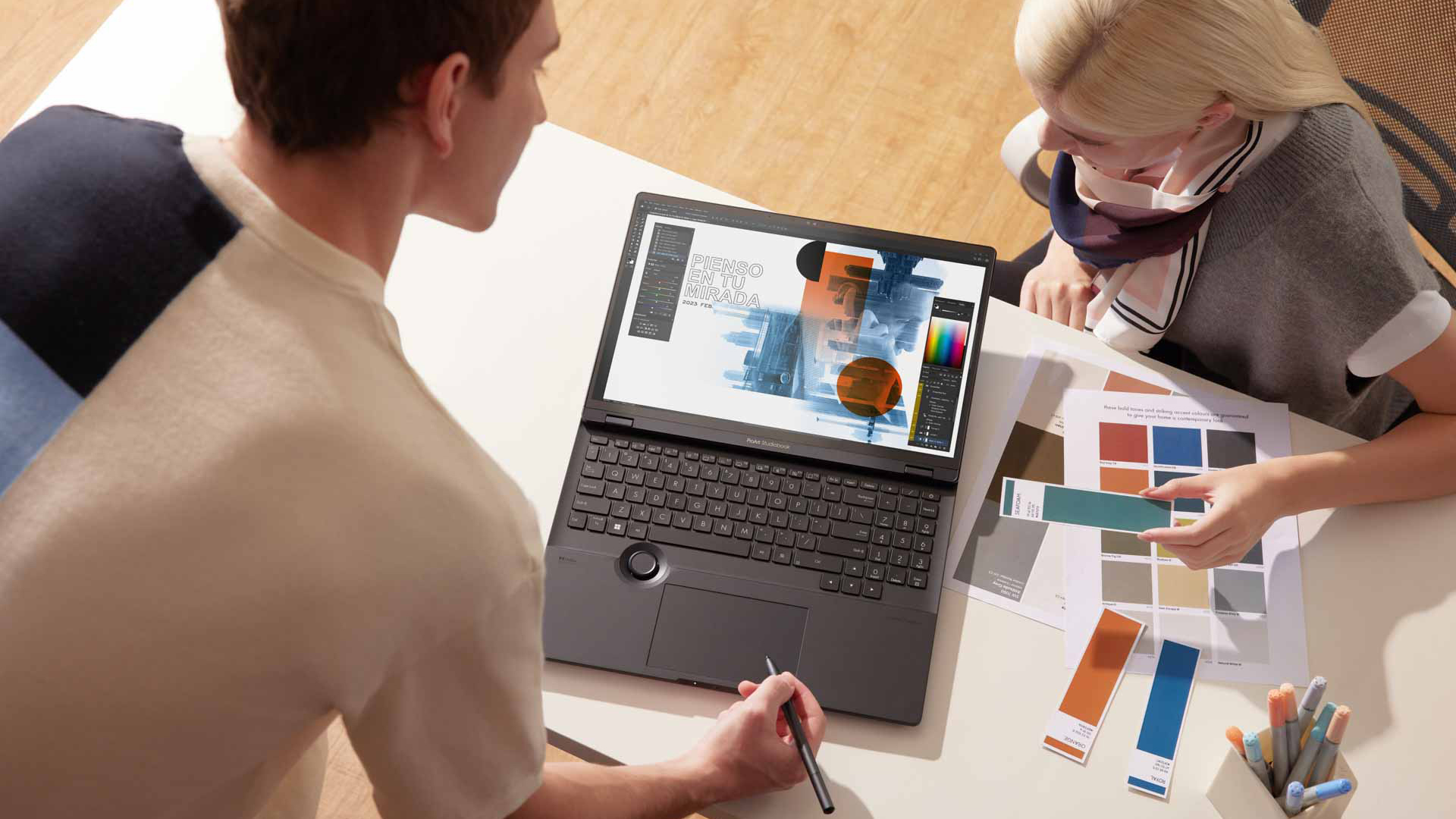
You're looking for the best laptop for graphic designers... but what does that mean, exactly? In short, it means it will be able to run powerful graphic design software smoothly, responsively and without crashes. And that means its components will need to measure up to certain standards.
In our view, there are certain minimum requirements for CPU, GPU, RAM, storage and screen resolution that a laptop has to meet to be considered for serious graphic design work. We've broken this article into different sections, to advise you on each of these.
Looking for the best specs to price ratio? Then at the end of this article, we've gathered together some of the best deals we've found for this holiday season. Finally, if you prefer a desktop computer to a laptop, see our guide to best computers for graphic design.
What's the best CPU for graphic design?
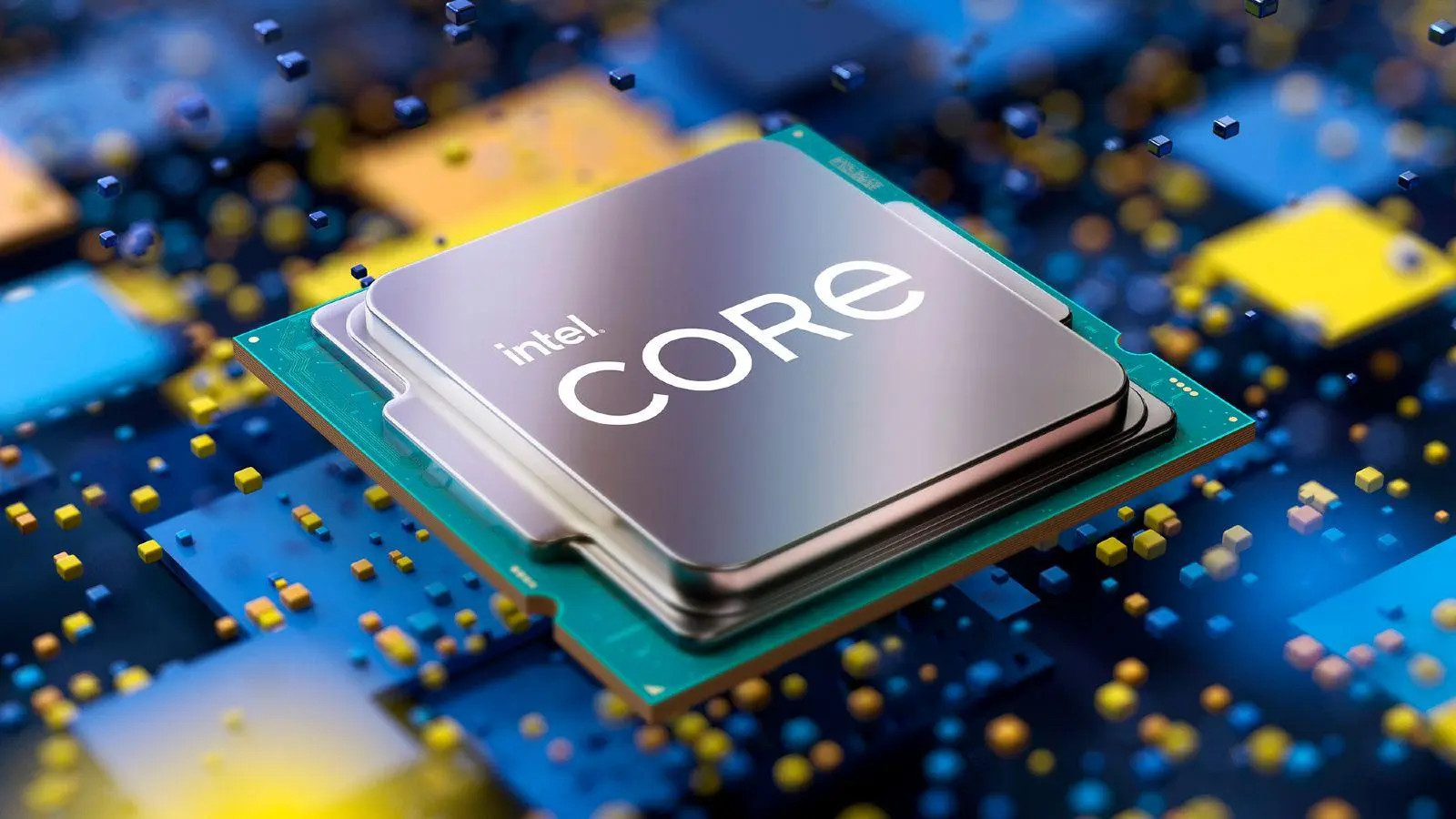
The CPU (central processor unit) is the brain of your laptop, and it's often simply referred to as a processor or chip. Intel CPUs are leading the charge right now, and are considered to be the top choice for many as the most powerful and reliable. But they're also the most expensive, and you don't necessarily need the latest 14th-gen Intel Core i9 chips to create your best work; there are more affordable CPU options out there.
The AMD Ryzen series, for instance, is a decent Intel alternative, with the 7000 series offering excellent near-matched performance, and you can even downgrade to the Ryzen 5 (or Intel Core i5) series if you're on a tighter budget but still need reliable performance.
More generally, you'll benefit from a CPU that has a minimum proceessing speed of at least 4 GHz and above to ensure speedy task processing, and combine this with a minimum number of 8 cores for carrying out multiple computational tasks. As a rule, the more cores and clock speed a CPU has, the better.
What's the best GPU for graphic design?
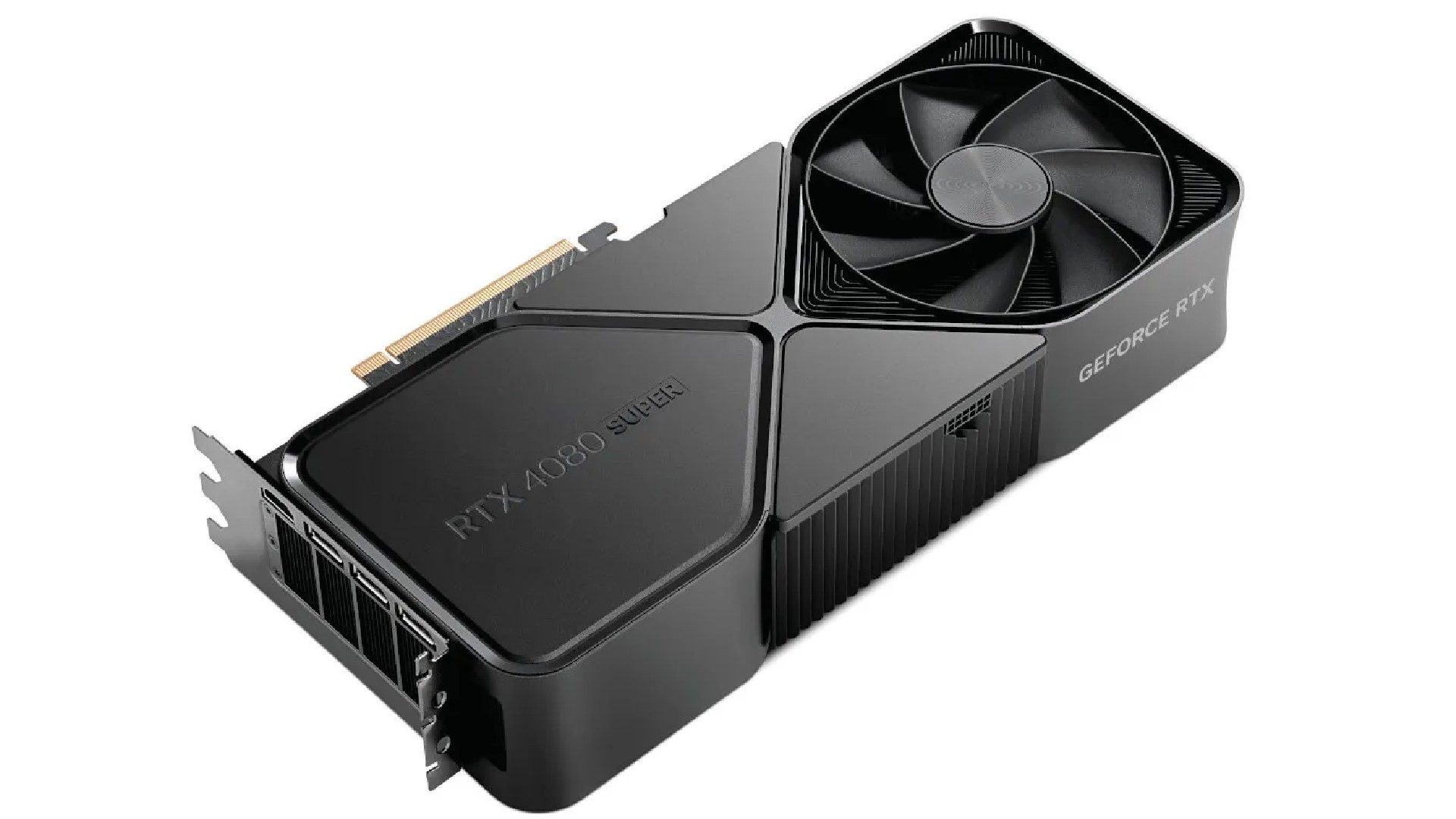
Another essential thing to consider when choosing a laptop suitable for graphic design is the GPU (graphics processing unit), often referred to as the graphics card. This component is crucial if you use creative apps like Illustrator, because it handles the visual processes you see on your screen, and impacts the smooth and accurate running of images and videos.
According to leading laptop maker ASUS, discrete laptop GPUs (as opposed to integrated variants) which feature VRAM (Video Random Access Memory) are what you need for carrying out graphics-heavy tasks. You can't go wrong with a NVIDIA GeForce RTX GPU, which you'll find in most of the best ASUS laptops, and specifically the RTX 4060 from NVIDIA is a top choice for graphic designers.
That said, in the latest line of MacBooks, Apple integrates the GPU into its M1, M2, M3 and M4 processors, and in our tests they've performed superbly in graphic design software. So Apple has clearly pulled of some kind of magic trick that breaks the rule here.
For more on GPUs read our guide to the best graphics cards and our explainer on AMD vs Nvidia GPUs.
What's the best RAM for graphic design?
RAM (Random Access Memory) is a type of memory that gives immediate access to multiple files, software, and apps on your device, and determines how much data your laptop can handle before it begins to struggle, freeze up, and lag.
Adobe recommends having at least 16GB of RAM equipped for designers who rely on Adobe Illustrator running smoothly, and some creative laptops have additional slots allocated to allow you to upgrade your device and add dual-RAM for extra memory should you need it.
We'd strongly advise against opting for 8GB of RAM if you work with editing softwares or desktop apps, because in our experience this amount of RAM won't keep up with creative tasks, and can't handle much more than your basic browsing and checking for emails.
What's the best storage size for graphic design?
Chances are that you have some large files stored on your laptop, and software can take up significant space on your device too. So while you can invest in one of the best external hard drives to keep your files in a separate space, your laptop will still need a sufficient amount of storage.
We'd recommend graphic designers look for at least 512GB of device storage to be on the safe side. Yes, you could probably get away with 128GB if you keep your work backed up through cloud storage or a physical drive instead, but it's still good to have flexibility for when you're working on a large project and you need to access a lot of files, fast.
We've seen cases before where designers have dropped to as low as 64GB of storage, such as you might find on the smaller portable 2-in-1 laptop models. Don't make this mistake! One Windows update is enough to essentially render your device useless, with no options to update your system software, and no internal storage left for completing even the most menial tasks.
What's the best screen type for graphic design?
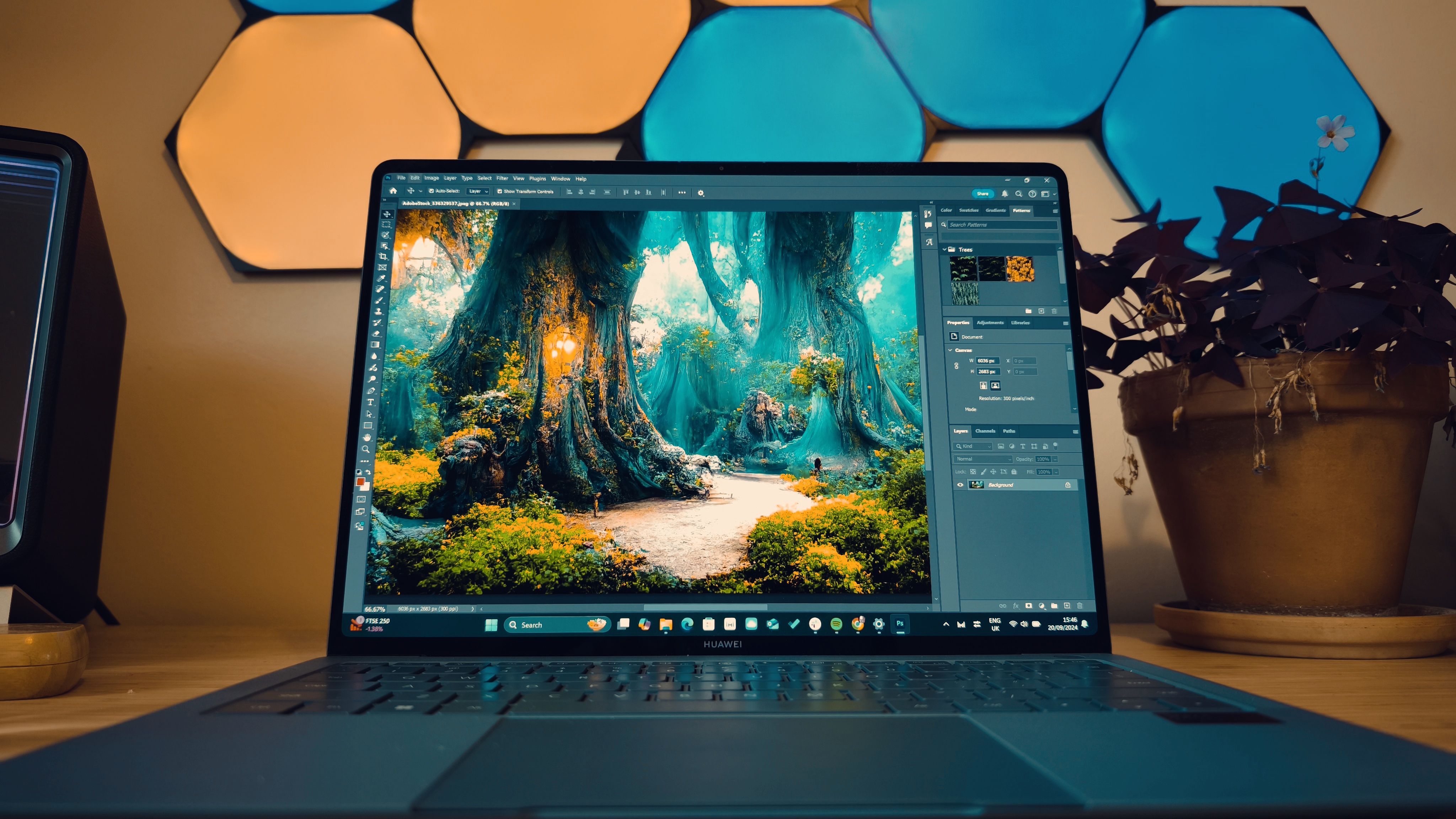
Enough about internal components; let's start thinking about the display. If you're a visual artists or designers, you'll typically benefit from a larger screen size (at least 15 inches) to see every detail of your creations, and a resolution of at least Full HD (1920 x 1080 pixels).
Other things to think about include the following. Do you need a touchscreen? Stylus compatibility? Built-in calibration tools? Brightness is also an important factor, because you'll need to see what you're working on clearly with a high level of detail, dynamic range and good contrast levels. That said, you may want to consider a screen with reduced blue light emissions to prevent eye strain too.
Then there's colour accuracy. As a starting point, we suggest you look for a screen with no less than 10-bit colour depth, and 100% coverage of sRGB (preferably Adobe RBG and DCI-P3 too) colour spaces for true-to-life accuracy.
What's the best laptop format for graphic design?
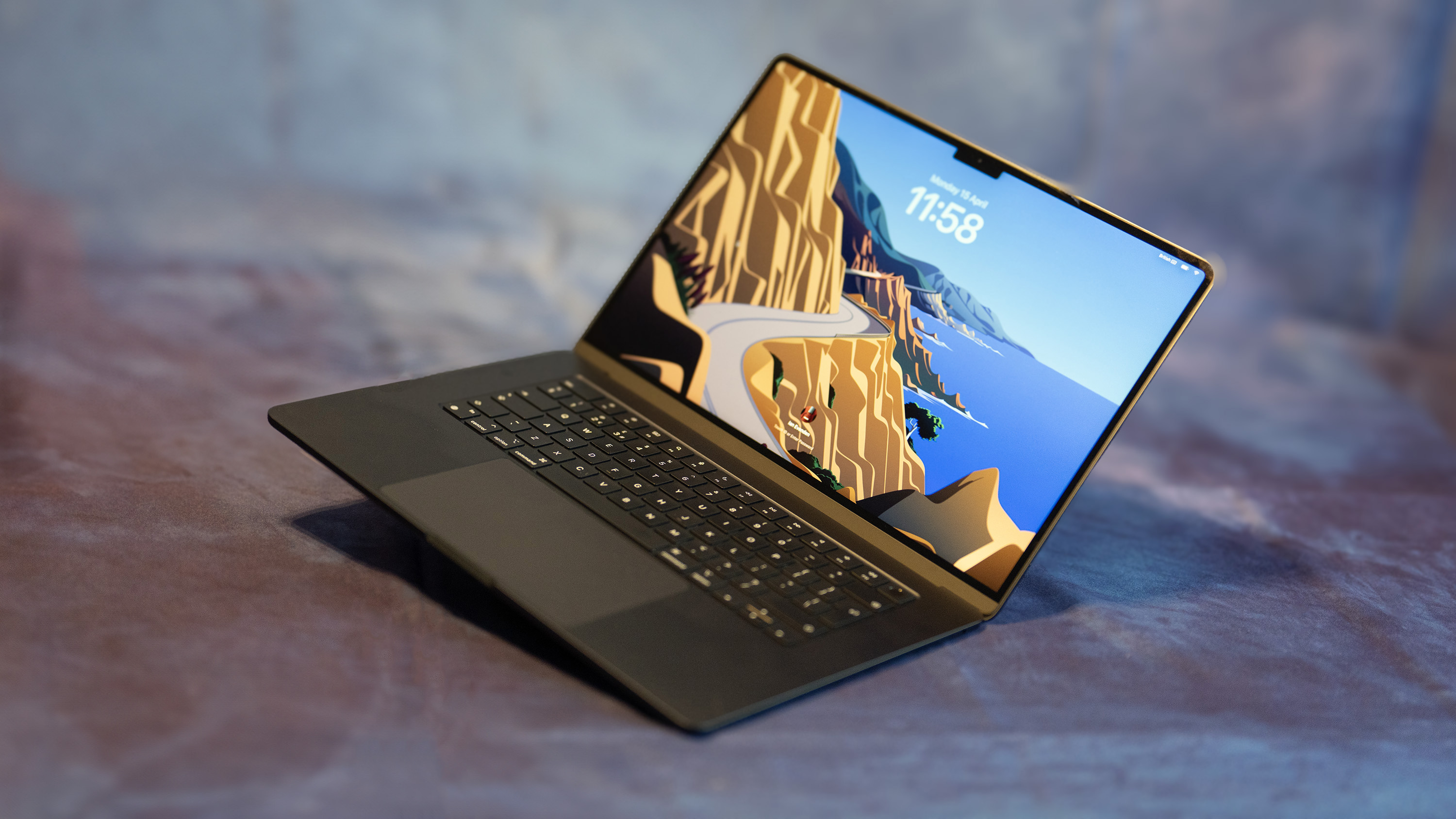
If you often work on the move, you won't want to be lugging around anything too heavy and bulky, even with one of the best laptop bags to assist.
Be cautious that laptops often marketed as slim, lightweight and portable aren't always top-spec, and probably lack in some other areas from ditching the extra weight. They're also usually low on ports, so if you need to connect a lot of devices to your laptop, that may be a problem.
Ultimately, you'll need to find a middle ground in a device that meets all of your needs yet isn't too heavy, and doesn't compromise on quality.
Usually large display laptops can be the most awkward to lug around, but are equally the most beneficial for visual artists. With this in mind, consider whether large trackpads, intense cooling fans, large-capacity chargers and backlit keyboards are essential must-haves or adding dead weight to your device.
What's the best price on a laptop for graphic design?
While it's easy to find laptops with the best specs, they also tend to be very expensive. So if you're on a budget, here are some bargains we've found this holiday season, which offer decent specs for graphic designers, without breaking your budget.
Price - Under $500
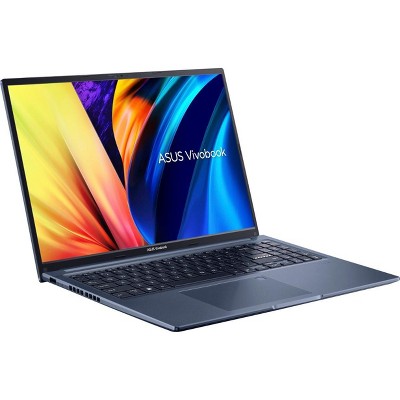
Looking to spend as little as possible but still need a reliable laptop? It's tricky to find a capable laptop for creative work at this price point, but not impossible.
• We recommend the ASUS Vivobook 16-inch laptop which is currently $449.99 at Best Buy with the configurations: AMD Ryzen 7 CPU, 16GB RAM, 1TB SSD, and an entry-level AMD Radeon graphics card. It has a great IPS display too, with a 60Hz refresh rate, backlit keyboard, and an 8-core CPU. It weighs only 4.14 lbs, and measures at 0.78-inches thin, so portability factor is there too.
• Want to save even more? Discounted for clearance at Best Buy to $396.99 (down from $1,153), the Samsung Galaxy Book 3 2-in-1 laptop is a great choice for the FHD AMOLED touchscreen alone, but this model also comes equipped with an Intel 13th-gen i7 processor, 16GB of RAM, an Intel Iris Xe Graphics card, and a 1TB SSD.
Under $1,000
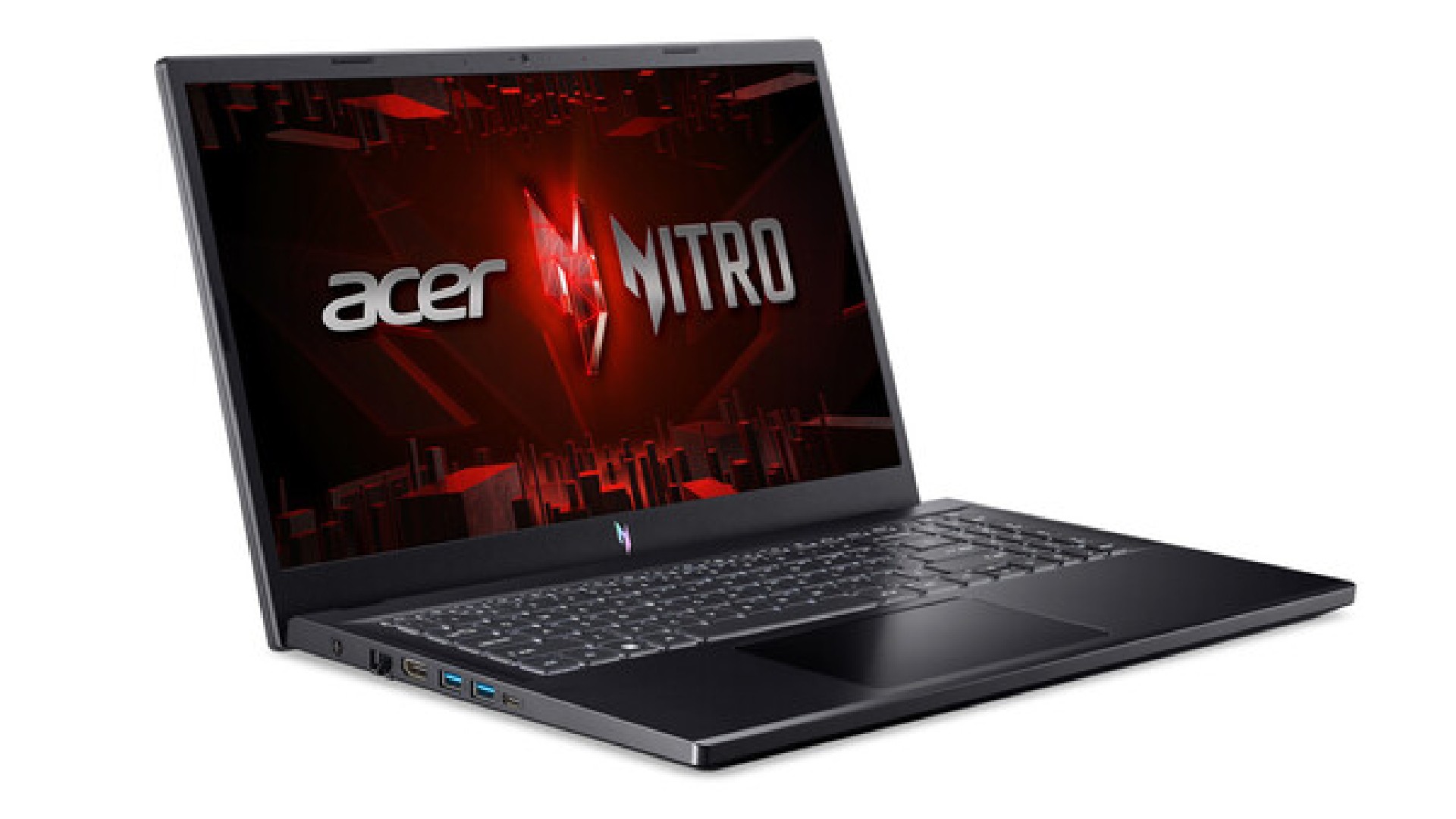
• More of a gaming laptop but still a capable option is the Acer 15.6-inch Nitro V 15 laptop, available at the special holiday price of just $999 at B&H Photo, boasting a 13th Gen 2.4 GHz Intel Core i7 10-Core processor, a NVIDIA GeForce RTX 4060 graphics card, 32GB of RAM, and 512GB of SSD storage.
Under $2,000
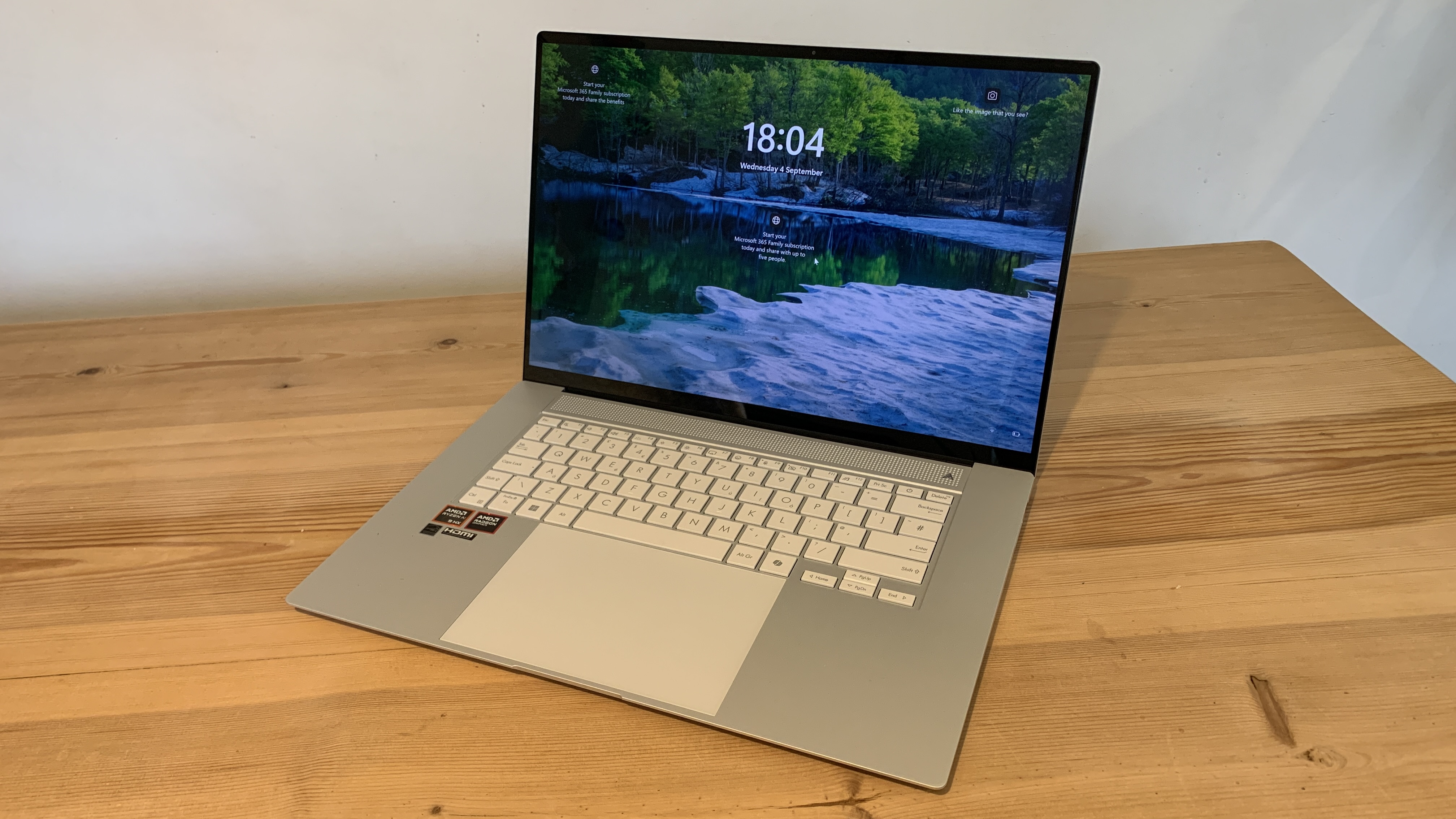
It's nice to get a bargain, but ultimately creative workspaces with the best specs come at much higher price points, so you should be expecting to spend at a minimum $1,500 for a truly dedicated graphics design laptop. Below are some of the top devices we'd recommend for under $2,000.
• At just $1,149.99 at Best Buy, the Asus Zenbook S 16 offers superb value. We're We're talking a powerful processor (AMD Ryzen AI 9 365 Processor 2.0GHz), impressive graphics card (AMD Radeon 880M), 24GB RAM, 26-inch, 3K screen and 1TB storage. Wow.
• We also have to mention the Apple 14-inch MacBook Pro (M3 Pro) laptop which is currently priced at $1,699 at B&H Photo. This gets you a 14-core M3 Pro CPU, 18GB of RAM, and a 512GB SSD. The display is a Liquid Retina XDR screen with an impressive 3024 x 1964 resolution, and a 1080p camera.
• There's also the ASUS ProArt Studiobook OLED, which is currently priced at $1,859.99 from Best Buy with a beautiful 16-inch display, 13th gen Intel Core i9 processor, 16GB of RAM, a NVIDIA GeForce RTX 4060 GPU, and a 1TB SSD storage drive.
• Lastly, we love the ASUS Zenbook Pro 14 Duo OLED laptop and right now it's priced at just $1,636 from Amazon. This model comes not only with a 14.5-inch 2.8K 120 Hz OLED display, but an additional full-width secondary screen for multitasking. It has an Intel Core i7 processor, 32GB of RAM, 1TB of SSD storage, and an Intel Iris Xe graphics card.




